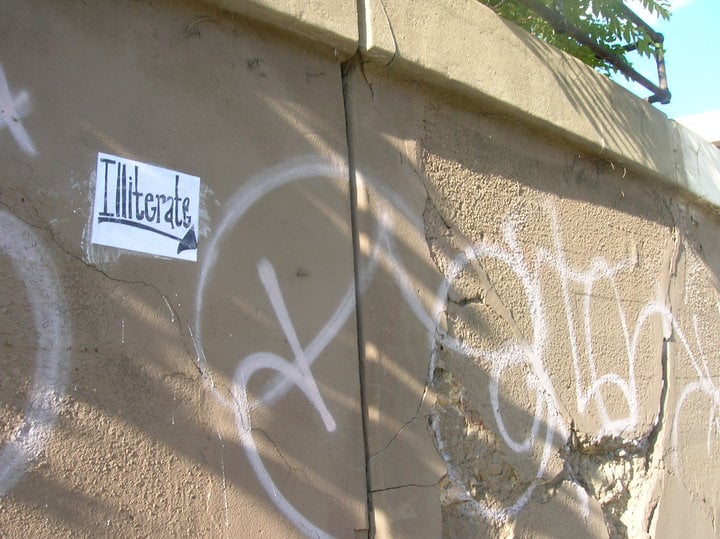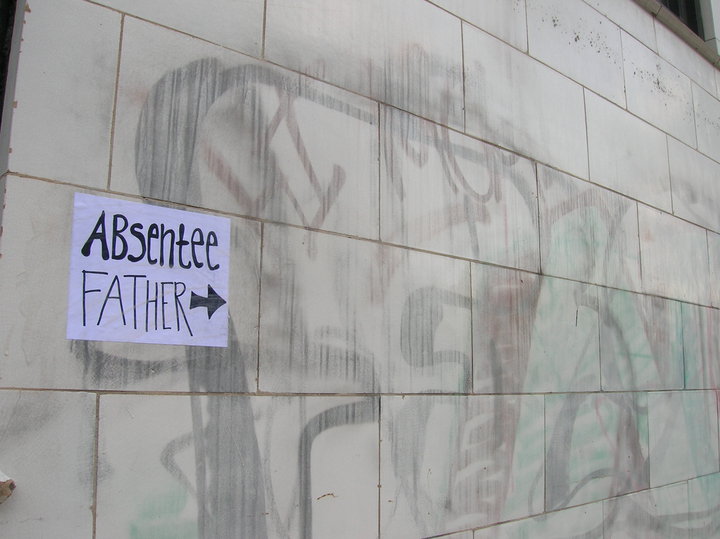
A white 20 something woman moved to Pilsen and pasted responses to spray paint tags in the neighborhood. A Sun-Times reporter called her "witty and whip smart." According to this article, she said she doesn't like to look at the graffiti on the old buildings. Another writer commented on the danger she was putting herself in when she pasted a sticker on top of a gang tag. Did she know she was taking a risk?
Tagging is encoded, a culture of communication onto itself. It doesn't rely on the support of the media or financial support of civic organizations. It's a non-electric information board funded by the grassroots, alerting a slice of residents to the current luchas, emerging writers and visitors in the area. Not ot be confused with graffiti murals or pieces which are recently and in some places being considered an enhancement to the landscape, taggers perform their resistance, usually private property. Decentralized, secretive and controversial. Typical street tagging does not lend itself to interviews with "witty" individuals, because it's anonymous. It's direct, rather than Rodnick's printer paper with sharpie and tape, which are only still visible because of news coverage and the internet.
I am thinking about power and resistance and how communication, where it happens, the attention it gets and the words one writes reflect the violence at the intersection of difference. I'm still thinking about if this is what it looks like, or if this is something different.
